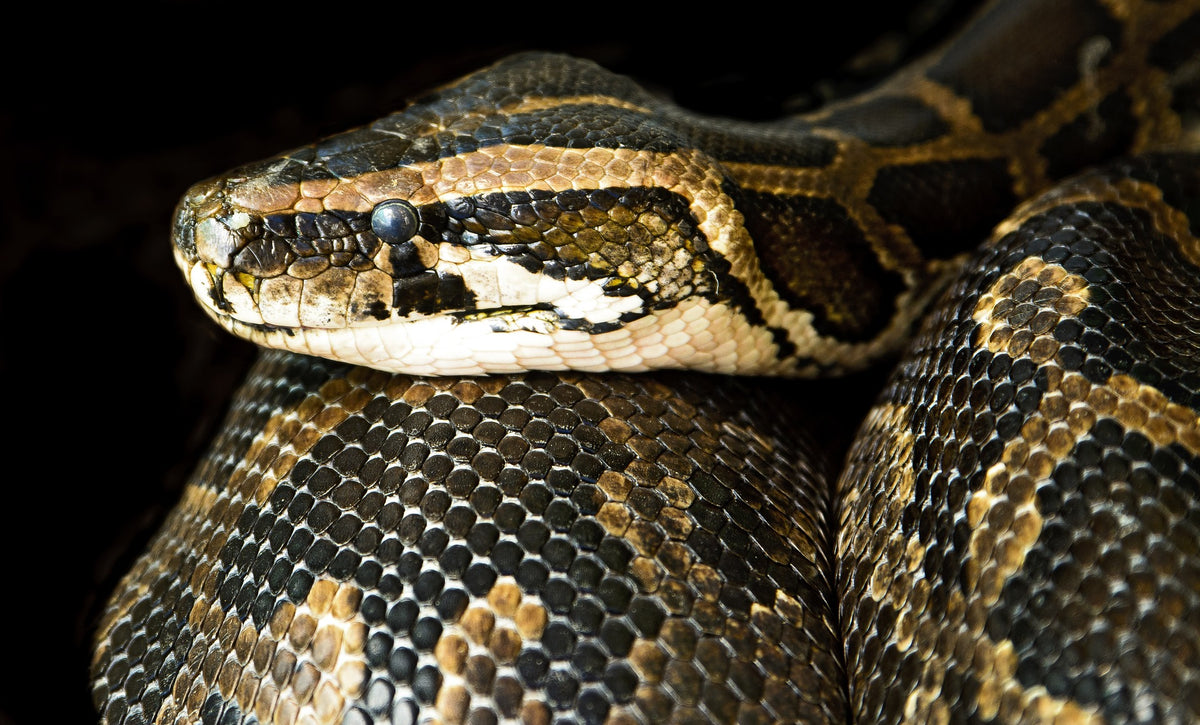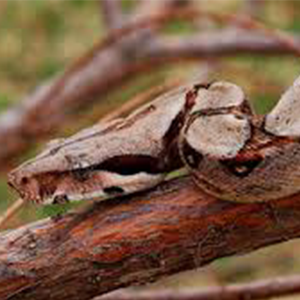

While the pet trade may not necessarily be a threat to this animal, their trade can pose a threat to other animals. In many unfortunate cases, an owner will simply release a boa constrictor that has grown too large into a local park or open area. People also breed boa constrictors, often producing snakes with more vibrant colors than their wild counterparts. While this snake's status in the wild has not been assessed to determine the impact of the pet trade on populations, many boa constrictors are imported into the U.S. They are also common in the pet trade, though pet owners are often unaware of how quickly they grow from a small neonate to a large adult. Some homes even bring constrictors inside to prevent or quell rodent infestations.

Humans and boa constrictors have a somewhat mutually beneficial relationship in many parts of tropical America, where they are valued pest controllers. They are hunted and collected for their skin, which is considered exotic in many parts of the world. They are listed under CITES Appendix II, and the subspecies B. Instead, this animal relies on its tongue and its excellent vision to collect sensory information about its surroundings (like other snakes do).īoa constrictors have not been assessed by the International Union for Conservation of Nature. Larger members of the Boidae family have heat-sensitive pits on their heads, but boa constrictors do not. By keeping blood from flowing to the brain, the animal dies. Once the snake has its body wrapped around the prey, it squeezes just enough to cause a “circulatory arrest” by cutting off the ability of the heart to pump blood in and out. It is commonly believed that boa constrictors subdue their prey by crushing their bones or squeezing their lungs to suffocate them, but recent research on the constriction method revealed that these snakes employ a different strategy all together.
#Boa constrictor care free
Their teeth are small and hooked, which allows for a strong grip when the snake strikes its prey and prevents the prey from wiggling free while the snake wraps its powerful body around the victim. The body can be tan, green, red, or yellow and will have cryptic patterns that form bars, jagged lines, diamonds, and circles.

In fact, in some places in South America, boa constrictors are used to control rat infestations inside homes.ĭepending on the habitat that a boa constrictor occupies, its patterns and coloring vary to allow it to camouflage. While many others may be afraid of boa constrictors, there are very few cases of them attacking humans even human babies are too large to be suitable prey for boa constrictors.


 0 kommentar(er)
0 kommentar(er)
